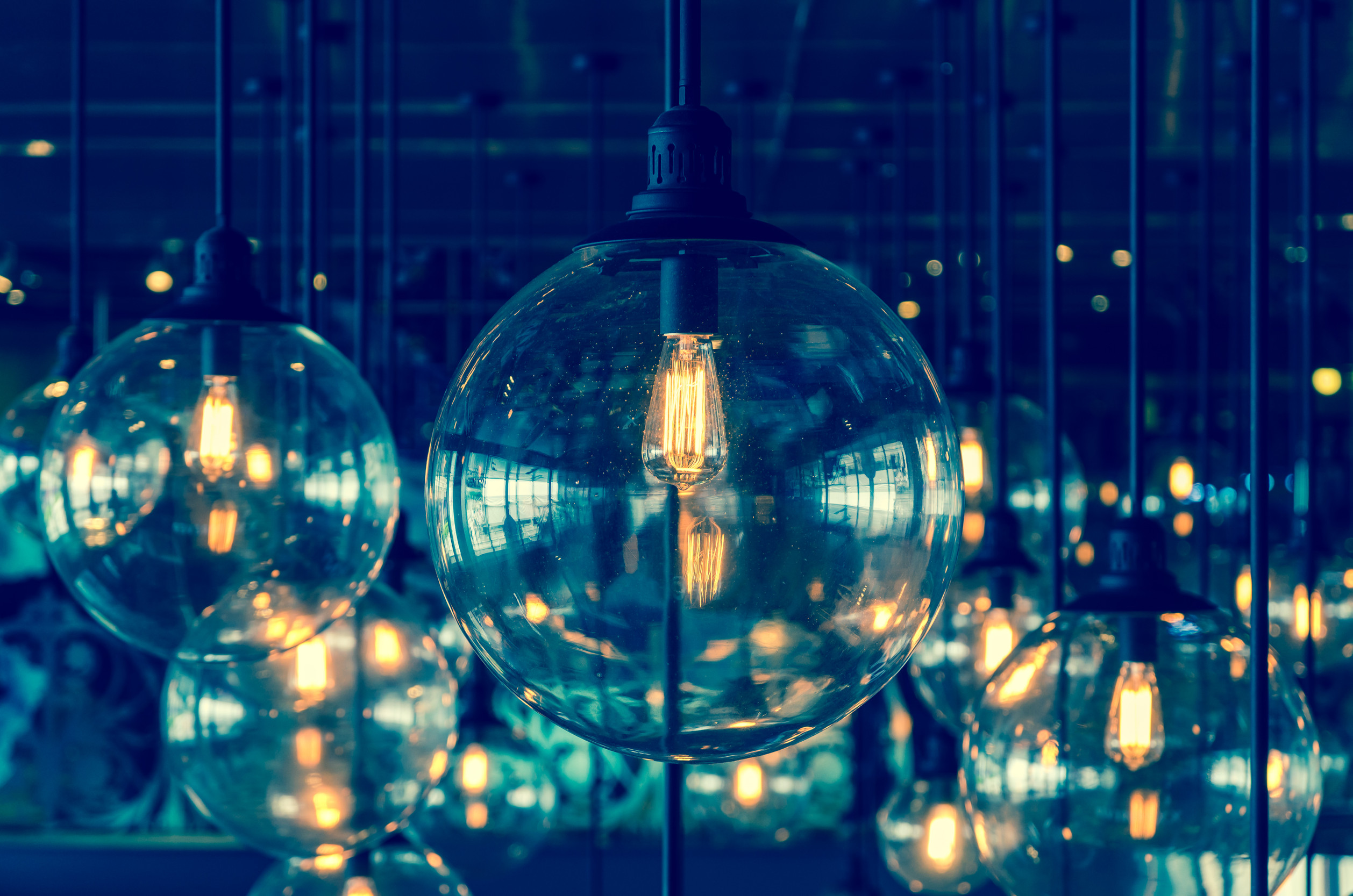Switching to LED lighting in your home is one of the easiest ways to cut energy costs. According to the Department of Energy, making the switch could save you up to $225 per year. On top of being energy efficient, these lights are also long-lasting and versatile. That said, let’s take a look at how to maximize the benefits of energy-saving lighting.
1. Choose the Right Bulbs for Each Space
Did you know that LED bulbs come in a variety of different shapes, sizes, and brightness levels? You need to take the time to consider what type of lighting will serve you best in your home. Warm-toned LEDs may be the best option for your living room. They can create a cozy atmosphere. Bright, daylight-toned LEDs are often better in the kitchen or in your workspace. Before you buy anything, take the time to consider what kind of mood you want to set in the room. Selecting the right bulb enhances your home’s ambiance while ensuring energy efficiency.
2. Invest in Smart Lighting Systems
Converting your home to a “Smart Home” can make a world of difference as well. Smart LED lighting will allow you to control lights remotely via apps or voice assistants. You can schedule lights to turn on or off at certain times. This helps you save more energy. Motion-sensor LEDs can also come in handy in areas like hallways and bathrooms where lights are sometimes forgotten and left on. While the initial cost may be higher, the long-term savings and added convenience make smart lighting systems worth the investment. A smart home is not only trendy but also energy-conscious.
3. Use LED Strip Lights for Accent Lighting
In our home, we’ve added LED strip lights for accent lighting in certain rooms. This is a creative and energy-efficient way to highlight certain features. We have chosen to put it in the ceiling of our office to create a laid-back environment for when we are off work and gaming. You can also use them under cabinets in the kitchen, creating a warm glow without using too much electricity. Other places I’ve seen them used include behind TVs, mirrors, or shelving. The best part about these strip lights is that they are often customizable, making it possible to match your lighting to your decor. It’s a simple upgrade that can save you money and improve your space.
4. Maximize Natural Light with LED Mirrors
LED mirrors combine style with functionality, using minimal energy while providing optimal lighting for grooming or makeup application. Place LED mirrors strategically in bathrooms or bedrooms to enhance natural light during the day and provide focused illumination at night. They often feature built-in dimmers or anti-fog settings, adding practicality to their energy-saving benefits. Combining natural light with LED mirrors reduces the need for additional lighting fixtures, especially during daylight hours. This approach is both cost-effective and eco-friendly. A well-lit space doesn’t have to come at the expense of your energy bill.
5. Install LEDs in Outdoor Spaces
Outdoor lighting is crucial for safety and aesthetics, but traditional bulbs can significantly increase energy costs. Replace outdoor floodlights, pathway lights, and porch lights with LEDs to reduce energy consumption without sacrificing brightness. Solar-powered LED lights are an excellent choice for pathways and gardens, as they charge during the day and illuminate at night. LEDs are also weather-resistant, making them ideal for all climates. Motion-activated LED floodlights enhance security while conserving energy. These outdoor upgrades combine sustainability with functionality.
6. Clean and Maintain Your LEDs
You may not think about cleaning your lighting very often, but it is important to maintain your LED lights. Cleaning them off regularly will help them stay efficient. Dust and dirt will accumulate on light fixtures, reducing brightness and increasing the amount of energy you use. Take the time to clean off your bulbs and fixtures with a soft, damp cloth. This also gives you a perfect time to check for loose or damaged connections, which can also impact performance. Proper care not only prolongs the life of your LEDs but also optimizes their energy efficiency.
7. Take Advantage of Rebates and Discounts
Many utility companies and local governments offer rebates or incentives for switching to energy-efficient LED lighting. Look for promotions at major retailers or online stores, where LED bulbs are often sold in bulk at discounted rates. Some programs even provide free LED kits to encourage energy conservation. Keep an eye out for seasonal sales, as LEDs tend to go on sale during major holidays. These savings make the transition to LED lighting even more affordable. Financial incentives make energy efficiency accessible to everyone.
Bright Savings with LED Lighting
For many people, LED lighting has been a game-changer. It can help you save money and reduce your carbon footprint. Consider the tips listed here when you are choosing your bulbs and pinpointing what kind of technology will best suit your situation. Energy-saving lighting is more than just a trend. It is a step in the right direction for sustainability (and for your wallet).
Read More
- Here Are the Most Useful Kitchen Gadgets Under $10 on Amazon
- This New Law Will Impact the Way You Shop for Food
